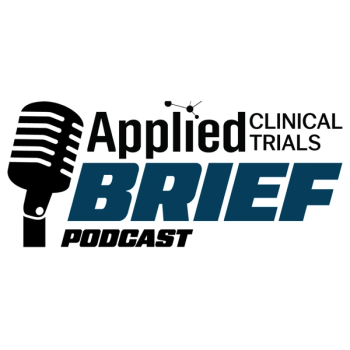
NIH Awards Grant for Standardization of PET/CT Scanners in Clinical Trials
“Lack of standardized images is a large source of variability when using imaging in multi-center clinical trials,” said John J. Sunderland, PhD, director of PET imaging at the University of Iowa and the contact principle investigator for the grant. “Our goal with the grant is to identify a set of reconstruction parameters specific to each of the PET/CT scanner models currently in production that will result in images that will have quantitatively identical image properties.”
In standard clinical situations operators are free to reconstruct PET images according to their standard protocols. However, during a clinical trial, the site will be able to generate harmonized images by simply using the identified clinical-trial specific reconstruction parameters. With the cooperation of scanner manufacturers, who are also actively participating in this project, generating harmonized PET images for use in multi-center clinical trials will be as easy as flipping a switch.
Co-principle investigators for the grant include Paul E. Kinahan, PhD, professor of radiology at the University of Washington in Seattle, and Joel S. Karp, PhD, professor of radiology at the University of Pennsylvania. Additionally, high-level physicists and engineers from GE, Philips, and Siemens—the three companies that currently manufacture PET/CT scanners—will actively participate in the research as industry co-investigators.
Importantly, this work is being coordinated with related quantitative imaging efforts by other professional organizations, including the NCI’s Quantitative Imaging Network, the American College of Radiology Imaging Network, and Radiological Society of North America’s Quantitative Imaging Biomarker Alliance. In addition, there is active involvement by scientists from the National Institute of Standards and Technology, the European Association of Nuclear Medicine, and the European Organization of Research and Treatment of Cancer.
“By having the capability to standardize PET/CT scanners among the three manufacturers, we will be in a much better place to harmonize images in clinical trials. This will allow pharmaceutical companies to use imaging more efficiently and effectively in the development of drugs for chemotherapy, brain imaging and more,” noted Michael M. Graham, PhD, MD, director of nuclear medicine at the University of Iowa and co-chair of SNMMI’s CTN.
SNMMI created CTN to facilitate the use of molecular imaging biomarkers in multicenter clinical trials. Since its launch, CTN has worked to provide tools and resources to promote faster, more cost-effective drug development and increase the availability and performance of imaging biomarkers for clinical use.
Newsletter
Stay current in clinical research with Applied Clinical Trials, providing expert insights, regulatory updates, and practical strategies for successful clinical trial design and execution.




